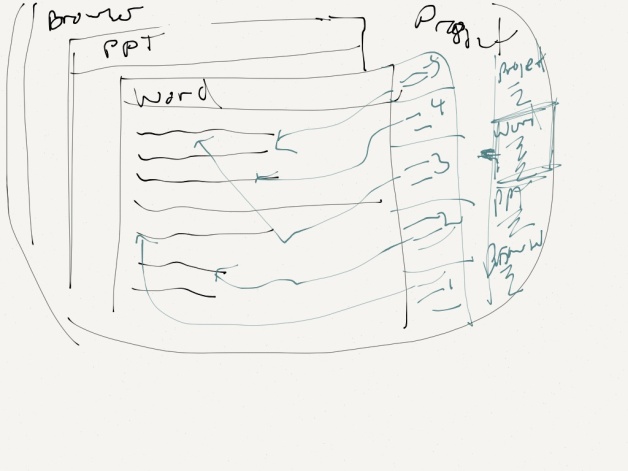Are you a business owner or product manager looking to improve the design of your product? Even if you do not have a designer on staff, you have design minded team members that can be guided with right questions. Here are some questions to ask to get your team to drive to the optimal solution.
Question 1: What is the problem you are trying to solve?
There is a tendency to jump immediately to solutions without first stating the problem. Stating and clarifying the problem itself will crystallize the issue for both the product manager and the team. Ask this question to have team members verbalize the problem.
For example, I had a project manager ask me to design an icon to put on the screen. This button was the solution he determined for the customer problem. I asked him a series of questions around the problem and it turned out the button was a band-aid that would resolve the specific customer request. The real problem was much larger. Users were not able to get their work done smoothly and they wanted to speed up a process they did frequently throughout the day.
Question 2: Who has this problem?
There is a tendency to focus solutions on the most recent set of user requests or complaints, rather than generalizing to the overall user population. This question is asking about the persona or the archetype of the user. Identifying the persona determines the persona’s needs, goals, activities, environment and how the company wants to interact with this type of user.
For example, I had a project manager come to me for help with a specific product enhancement. One customer was asking for a specific feature. By having a conversation about the type of user this request came from, we were able to do a better job of generalizing the problem and solving this issue for a greater number of customers.
Question 3: What is the user trying to do?
Understanding the context of the interaction is the essence of user experience and product design. Everyone should be clear on the tasks and workflows that the user is doing when encountering this problem. Diagramming, story-boarding, or videotaping helps to communicate the workflows clearly to the team.
For example, I have been designing software for traders. Traders work in an information dense and noisy environment. Many traders attend to 3 to 6 monitors, multiple phones and a TV broadcast while in an open space with many people talking and shouting. The trader runs several applications with very different visuals. Each application has many moving parts: flashing data, programmed sounds and interdependent information. How do you design incoming information about a stock that is not visible on any screen without interrupting the traders current work? Knowing the context of the environment will ensure a design that meets the users needs.
Question 4: How are we going to design the product?
As the business owner you should expect many solution ideas for each problem. All possible solutions that impact the user should be sketched. Encouraging many different team members to sketch on their own will triangulate on a better design than one person designing.
For example, I worked on a project where not only did the internal team come up with sketches but so did the client. We presented and explored the sketches everyone put forth. We compared two designs to identify what worked and what did not work (do not allow personal opinions unless you are building the product for that individual). This was one of my most successful designs from the perspective of user acceptance and client and team buy-in.
Question 5: How are we going to figure out which design is going to work?
Identify the three best designs to prototype. Create and review a storyboard for each of the designs. Have the team prototype the designs on paper, in PPT, Balsamiq or whatever means that result in a quick turnaround.
For example, I use PPT to mockup and prototype the UIs. I have created PPT squares that illustrate the UI framework we are working with, which allows anyone to prototype and edit the screens. Since interaction design requires small movements and transitions, I have found PPT very useful to illustrate small changes that the user can click through. The PPT click-through allows the user to move forward and backward at their own pace and replay the interaction over and over. I have found that some users will be able to provide feedback as to whether the design solves the problem or not. I look for trends to emerge.
The result of this process is that you will get quick, tangible feedback from users before coding has begun. Completing the process allows more members of the team to be able to accurately visualize the solution, resulting in team cohesion and better execution in the engineering stages. These steps provide a rapid means of investigating the solution space and throwing away poor ideas before time is spent coding. In hours or days, depending on the size of the problem, you come away with a more confidence in the design of the solution.





